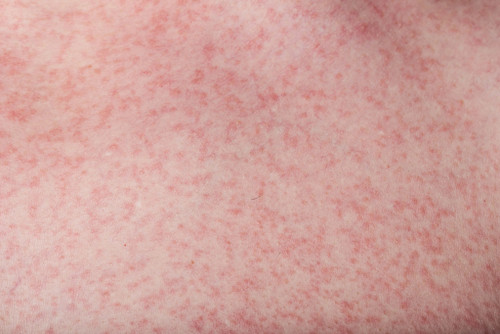The Causes and Symptoms of Chafing
Posted by Jack Miller on 2nd Jan 2023
Chafing is a common condition that can occur during exercise, sports, or even everyday activities. The main cause of chafing is friction when skin rubs against skin or clothing. Chafing can affect people of all ages and levels of physical activity—even those who don't realise they're experiencing any discomfort until an event or outing comes to an end. In some cases, chafing can be painful and even lead to infection if it isn't properly treated.
The leading cause of chafing is friction
The main cause of chafe is friction. Friction is caused when two surfaces rub against each other, such as skin rubbing against itself or clothing rubbing against skin. Examples of friction that can cause chafing might include:
• Skin rubbing against itself due to excessive sweating or oily lotions
• Clothing rubbing against the skin
Tight clothing can cause chafing
Tight clothing can cause chafing. For example, if you're wearing jeans and your thighs rub against each other or against the fabric of your pants, you may get a rash. Tight underwear can also cause chafing in the genital area and around the buttocks, especially when moving around like when you’re working out.
Skin-to-skin contact is another common cause of chafing. For example, if you have sensitive skin on your face and neck area, then it's likely that shaving too closely or using a razor with dull blades will result in a rash or irritation as soon as you put on makeup over the top of it—especially when there's added moisture from sweat!
It's also possible for chafing to happen because of friction between clothing and skin surfaces like this, so it is recommended that you take some anti chafing preventative measures to stop this from happening.
Other Factors May be at Play
In addition to the causes we've already covered, there are other factors that can cause chafing:
• Overheating is a risk factor for chafing because sweat can irritate the skin when it evaporates.
• Humidity can also be an issue if you're sweating profusely or in a very humid environment.
• Water exposure is another common cause of chafing due to friction from rubbing against wet clothing or rashes from wet bathing suits.
The main symptom is a rash or reddened skin in the affected area
As the skin is rubbed, it can become red and irritated, or develop a rash. The affected area may be itchy, painful and/or swollen. Blisters and sores may also develop. Split skin can occur when chafing occurs on areas of heavy sweating, like the armpits or inner thighs.
Some people experience pain in the affected area
Pain is a common symptom of chafing. It can be mild to severe and experienced during or after exercise, depending on the severity of the chafing. The pain may be felt in one spot or throughout the affected area, if you do feel this pain make sure to get some chafing treatment to soothe the stinging.
Conclusion
It’s important to check your skin regularly for signs of chafing, especially if you have sensitive skin or experience any discomfort. If you notice redness in an area that doesn’t usually get red—such as your inner thighs—and it doesn’t go away after a few days, see a doctor immediately. This could be a sign of something more serious like scabies or folliculitis.

